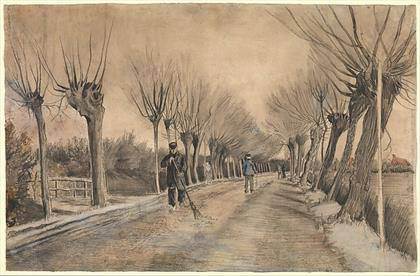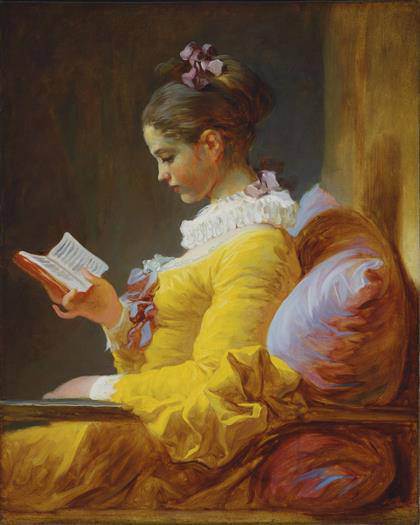
Huang Yong Ping (b. 1954, Xiamen). “Theater of the World”, 1993. Metal, wood, warming lamps, and live centipedes, toads, snakes, beetles, cockroaches, crickets, stick insects, scorpions, spiders, and lizards, dimensions variable. Guggenheim Abu Dhabi. © Huang Yong Pin
Chinese art after 1989 at the Guggenheim The Solomon R. Guggenheim Museum presents ‘Art and China after 1989: Theater of the World’, a major exhibition of contemporary art from China spanning 1989 to 2008. From October 6, 2017, to January 7, 2018]]>
Source: Solomon R. Guggenheim Museum
The exhibition, the largest of its kind ever in North America, looks at a bold contemporary art movement that anticipated, chronicled, and agitated for the sweeping social transformation that has brought China to the center of the global conversation. With a concentration on the conceptualist art practice of two generations of artists, this exhibition examines how Chinese artists have been both agents and skeptics of China’s emergence as a global presence and places their experiments firmly in a global art-historical context.
“’Art and China after 1989: Theater of the World’ revolves around key artists, groups, and movements active across China and internationally, whose provocations aim to forge reality free from ideology, to establish the individual apart from the collective polity, and to define contemporary Chinese experience in universal terms,” remarks lead curator Alexandra Munroe. “This focused examination invites us to consider our own contemporary history through the lens of some of the most thoughtful contemporary artists from China.”
Occupying the Guggenheim’s full Frank Lloyd Wright–designed rotunda and two Tower Galleries, “Art and China” after 1989 highlights the conceptual and artistic achievements of 75 artists and collectives and features 150 iconic and lesser-known works on loan from private and public collections across Asia, Europe, the Middle East, and the United States. Divided into six chronological and thematic sections, the exhibition showcases works in experimental mediums including film and video, ink, installation, and Land art, as well as painting, sculpture, photography, performance, and socially engaged participatory art and activism. Archival materials documenting and contextualizing key moments and movements in this contested history are also interwoven throughout the exhibition.
Related content
”The Universe and Art” at the Mori Art Museum (exhibition, 2016)
Follow us on:


